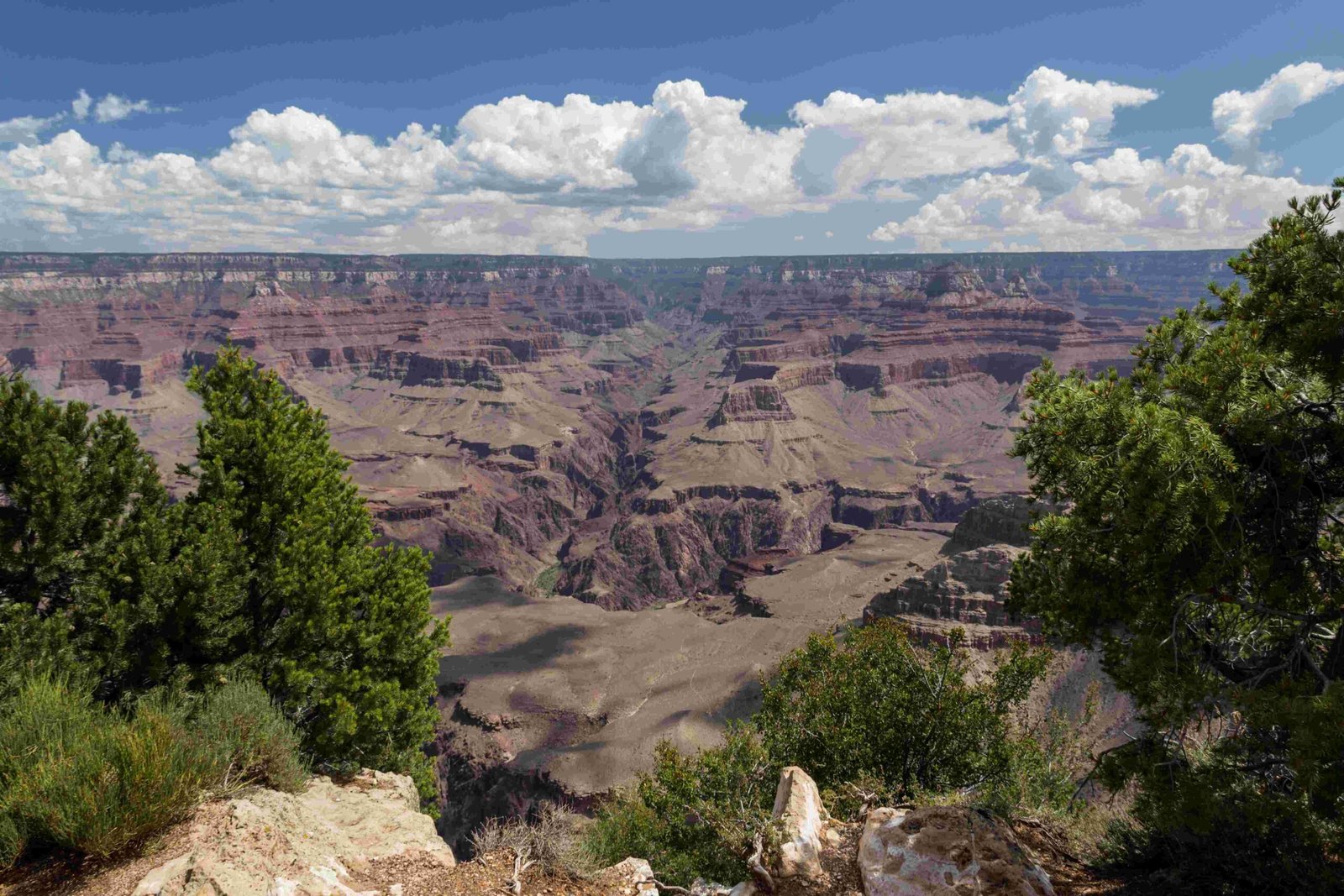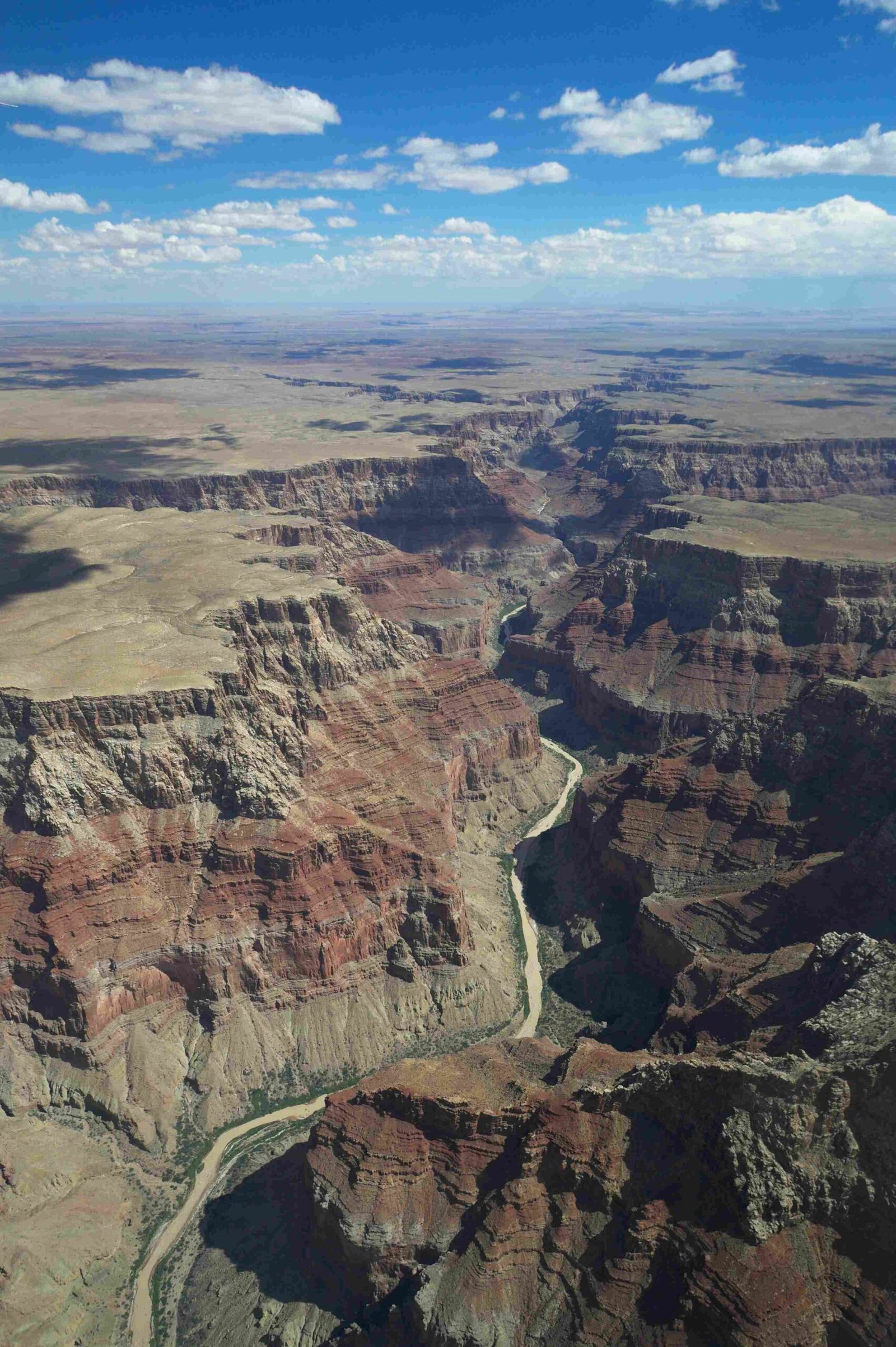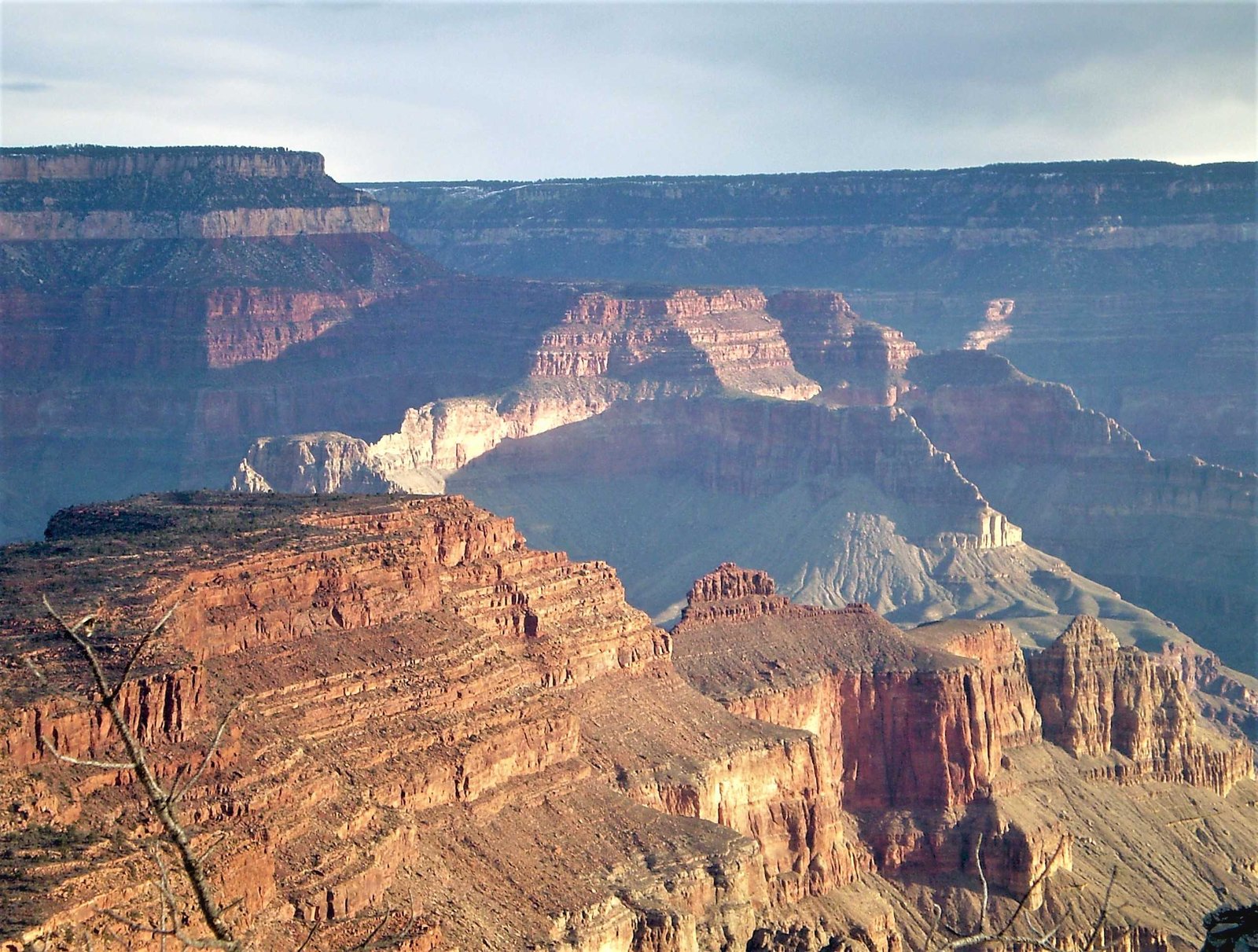The Grand Canyon National Park represents a remarkable intersection of natural geological processes and human-engineered infrastructure, spanning nearly 2 billion years of Earth’s history. This extraordinary landscape showcases complex rock formations, meticulously maintained trail systems, and diverse ecosystems that demonstrate the delicate balance between preservation and accessibility.
What Makes Grand Canyon’s Natural Construction Unique?

Rock Layer Composition and Formation
The Grand Canyon’s geological structure is a testament to millions of years of natural construction. Its rock layers reveal an incredible chronological record:
| Rock Layer | Age | Geological Period |
|---|---|---|
| Vishnu Basement Rocks | 1.8 billion years | Proterozoic |
| Kaibab Formation | 270 million years | Permian |
| Redwall Limestone | 340 million years | Mississippian |
How Do Trail Systems Complement Natural Landscape?
The National Park Service has strategically developed trail systems that enhance visitor experience while minimizing environmental impact:
Corridor Trails
- South Kaibab Trail: Highest maintenance level
- Regular patrols
- Water stations
- Emergency communication points
Primitive Trails
- Minimal human intervention
- Preserve natural terrain
- Limited maintenance
- Focus on hazard prevention
What Ecological Diversity Exists?
Grand Canyon National Park hosts multiple ecological zones:
- Rim Ecosystems
- Alpine forests
- Aspen and spruce trees
-
Elevation-based vegetation
-
Canyon Ecosystems
- Desert environments
- Riparian zones
- Colorado River microhabitats
How Are Preservation Efforts Implemented?
Preservation strategies include:
- Backcountry Management Plan
- Permit systems for overnight stays
- Leave No Trace principles
- Regulated visitor access
- Continuous ecological monitoring
What Geological Processes Shaped the Canyon?
Key geological construction processes:
- Uplift: Colorado Plateau elevation (70 million years ago)
- Erosion: Colorado River and tributaries
- Volcanic Activity: Periodic landscape modifications
- Weathering: Continuous rock transformation
Accessibility and Human Interaction
The park balances natural preservation with visitor accessibility:
- Wheelchair-accessible trails
- Service animal accommodations
- Shuttle bus systems
- Informative visitor centers
Conservation Challenges and Strategies
- Monitor visitor impact
- Limit backcountry permits
- Protect endangered species habitats
- Maintain trail infrastructure
- Educational programs
Conclusion

Grand Canyon National Park exemplifies a dynamic landscape where natural geological processes and human-managed conservation intersect, creating a living museum of Earth’s geological history.

